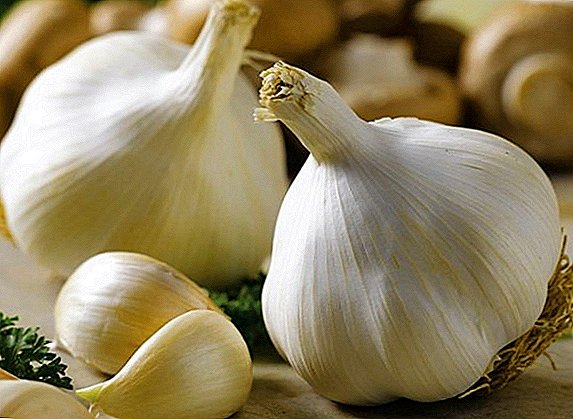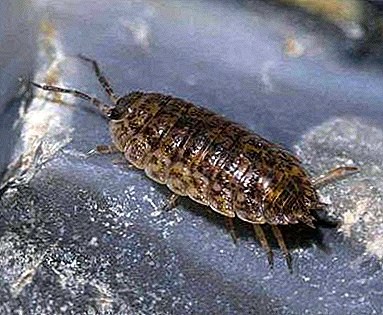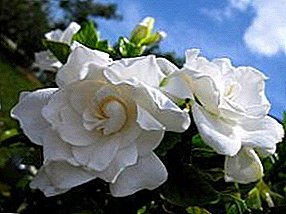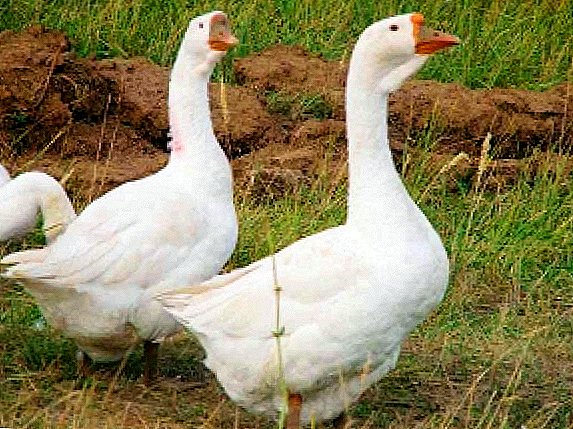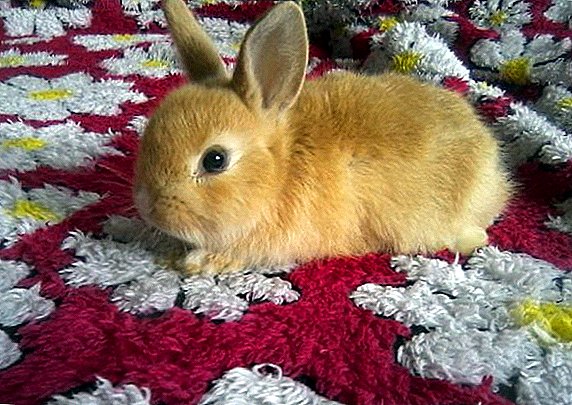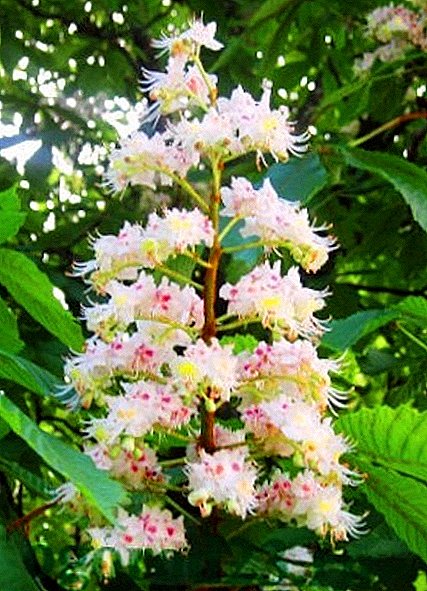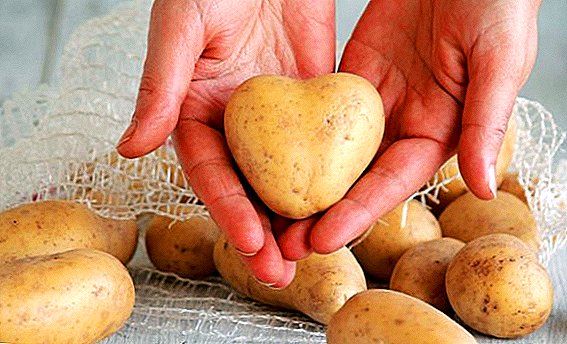
Ruellia (Dipteracanthus) is usually a herbaceous plant belonging to the acanthus.
Some species in natural habitats (tropics of America and Asia) may look like shrubs or semi-shrubs.
To date, there are about two hundred varieties of plants. Some of them are easy to grow indoors.
General description of the plant
Ruelle is valued for its attractive, velvety foliage, which can be both monophonic and patterned. The bright flowering of the plant is also interesting: each tubular flower lasts from morning to end of the day and falls, and a new one immediately replaces it. “Ruellia” flowers long enough from mid-summer to the beginning of winter. Some species can bloom almost all year round.
A photo
The photo shows Liana “Ruellia” with proper care at home:




Home care
In indoor conditions, “Ruellia” can be grown not only as a pot plant, but also as an ampelous plant, using hanging pots and baskets, as well as a groundcover, for example, in a winter garden. The flower is very unpretentious, it is very easy to propagate, so it is perfect for breeding even inexperienced beginner growers.
Actions after purchase
 After purchasing “Ruellia”, it is recommended to place it in quarantine for two to three weeks.
After purchasing “Ruellia”, it is recommended to place it in quarantine for two to three weeks.
To do this, it is placed in a separate room where there are no other plants, and monitor its condition.
This is necessary to ensure that the flower is not infected with diseases and pests that can damage the rest of the flowers already in the house.
It will also give Ruelia the opportunity to move away from the stress suffered during the move. After that, it needs to be transplanted into the appropriate substrate, as it is kept in stores in transporting soils that cannot provide the plant with the nutrition required for further growth and flowering.
Lighting
For the maintenance of “Ruelia” a room with bright but diffused lighting is required. She will feel comfortable in the western or eastern part of the room.
It can be located in the south, creating a reliable shading from the bright sun. Besides the fact that its direct rays can cause severe burns to the plant, it contributes to the loss of the foliage of the original decorative color, and it becomes unpleasant copper shades.
If Ruellia is grown on a north window, additional light should be provided to it using daylight lamps, the daylight should be at least sixteen hours in the summer and about nine in winter.
Otherwise, the plant begins to rapidly stretch, flowering becomes rather weak and short, and may not come at all.
Air temperature and humidity
In the spring and summer period, “Ruell” is recommended to be kept at a temperature of twenty-two to twenty-five degrees. In the fall and winter, it is lowered to eighteen degrees, but not lower, since at lower temperatures the flower stops growing sharply, and in the supercooled soil, the root system may begin to rot.
 To grow a plant requires a fairly high humidity, about eighty percent.
To grow a plant requires a fairly high humidity, about eighty percent.
Too high air dryness contributes to the appearance and rapid spread of pests on the plant, as well as twisting, drying and leaf dropping.
In order to increase the level of humidity, you can fill the pallet with moistened pebbles or gravel, place flat cups of water next to Ruelley or use an air humidifier.
In winter, you need to remove the pot with the plant away from the heating devices.
Important! Drifts are contraindicated for Ruellia, they lead to a sharp fall of leaves in the lower part of the stem.
Good results are obtained by growing “Ruelly” using florariums, aquariums or mini-greenhouses.
Watering and feeding
Watering "Ruellia" should be regular and abundant all year round. During growth and during the flowering period, the plant will absorb more moisture, therefore, watering should be more frequent than after flowering.
The soil can not be overdry, it should always be wet, but without overflows and water stagnation, which cause the occurrence of root rot.
In this regard, you need to carefully monitor its condition and moisturize as needed. Water for irrigation should be well cleaned, soft and warm.
Sub-feed "Ruellia" begin in the spring and lead to the end of flowering. For this purpose, universal complex fertilizers or mineral mixtures for ornamental plants are used once every two weeks.
Soil and pot
 Ruellia is not demanding on the composition of the soil, but to get a healthy and richly flowering plant, you still need to take care of a sufficient amount of nutrients in the soil.
Ruellia is not demanding on the composition of the soil, but to get a healthy and richly flowering plant, you still need to take care of a sufficient amount of nutrients in the soil.
From ready-made soil mixtures, you can take the usual universal soil and add a small amount of perlite to it.
If the substrate is prepared on its own, you can prepare the following compounds:
- Leaf land - two parts, sod land - two parts, peat - one part, gravel of small fraction - one part;
- Leaf ground, turf ground, humus, peat, coarse sand in equal quantities.
It is desirable that the soil is sufficiently loose and light, so you can add crushed charcoal or pine bark to the mixture obtained.
Before planting, you need to disinfect the soil, for this you can use the oven, microwave, or at least shed it with boiling water or a solution of potassium permanganate.
Initially, for young plants enough pot with a diameter of about nine centimeters. In the future, with each transplant, it is slightly increased.
The material from which the container is made does not matter much for Ruelly, it can be both plastic and ceramic. Also, the pot should be low, resembling a bowl.
Transplant and pruning
Since “Ruwellia” quickly grows up and loses its original attractiveness, many flower growers do not practice pruning and transplanting, but root a new young plant. If, nevertheless, a decision is made to leave the plant, then it is better to replant it in the spring.
 To do this, initially you need to prune dried and too long stems.
To do this, initially you need to prune dried and too long stems.
Then the flower is gently removed from the container without cleansing the earthy coma and placed in a new pot, which should not be much larger than the previous one.
"Ruellia" blooms only in cramped capacity.
The transplanted plant needs to be moistened, placed in a permanent place of growth and lead to the usual care.
Breeding
Unfortunately, “Ruellia” as a potted plant for sale is extremely rare.
Apparently, this is due to the fact that it quickly loses its decorative effect and requires frequent renovation, which reduces its commercial value. Therefore, most gardeners grow "Ruelle" independently, using cuttings and seeds.
Growing from seed
After the end of flowering at “Ruellia”, fruit-boxes with several leaves, in which there are seeds, are formed.
When they are ripe and dry, they need to be very carefully cut from the plant, since the sash is very easy to open and scatter the seeds far around.
Therefore, often "Ruellia" breeds independently, while not only in his pot, but also in the next.
After collecting the seeds you need to plant them in a low capacity in the mixture, which includes peat and sand in equal quantities. Landings slightly moistened, covered with a film of polyethylene and placed in a bright and warm room.
Seedlings appear fairly quickly, but seedlings can be planted only when they have at least four leaves.
Reproduction by cuttings
 It is possible to propagate the "Ruell" by cuttings throughout the year.
It is possible to propagate the "Ruell" by cuttings throughout the year.
Strong shoots are chosen for rooting, cut off and placed in a vessel with water, in which it is recommended to add a little crushed activated carbon to prevent rotting of planting material, as well as a growth stimulator to accelerate the formation of roots.
After the resulting root system of the cuttings is sufficiently developed, you need to transplant them into pots from three to seven pieces each. This will allow you to quickly form a beautiful bush with lush flowering.
Attention! When the seedlings reach the desired height, you need to pinch to strengthen the branching.
Cuttings can be rooted immediately in a wet substrate. They are planted one by one in small plastic cups, covered with glass jars, which are removed daily for ventilation and humidification. After they go into growth and begin to form new sheets, you can plant them in a total capacity of several pieces.
It is enough to separate them from the mother plant and transplant in a separate pot.
Use, harm and use
Scientifically proven that "Ruellia" contributes to the destruction of pathogens caused by staphylococcus. Also in its homeland, it is used by folk healers. For the treatment of diseases of the ears used fresh juice to get rid of lice prepare a decoction of the leaves.
If you throw a few dried leaves of a plant into a fire, the smoke emanating from them will help to relieve a headache. The roots of “Ruellia” have a tonic effect. But, despite the fact that the flower and has beneficial properties, and the harmful components in its composition at the moment is not revealed, it is not necessary to engage in self-treatment, which often leads to negative consequences.
Diseases and pests
 With proper care, “Ruellia” is very rarely affected by any pests or diseases.
With proper care, “Ruellia” is very rarely affected by any pests or diseases.
But if the conditions of detention are violated, the aphid, spider mite or whitefly can inhabit it.
If you find the first signs of insects, you should immediately wash the plant with a solution of household or green soap, and then completely treat "Ruwell" with insecticide.
If necessary, the procedure must be repeated after a week.
Of diseases for the plant, Fusarium is dangerous, in which the leaves turn yellow, then turn brown in color, and the stems and roots rot. The treatment is carried out using fungicide solutions.
If “Ruelle” does not bloom, then it has created the wrong conditions of detention. The room temperature may be too low or the air is dry.
It can also be due to rare watering and nutrient deficiencies in the soil. It is necessary to carefully study the rules of care for this plant and bring them back to normal.
Despite its attractiveness, “Ruellia” is not a capricious and fastidious flower that requires special, thorough care. Therefore, those who do not have much time to do indoor plants, as well as those who do not have enough experience with them, can be advised to start their own flower collection with it.



